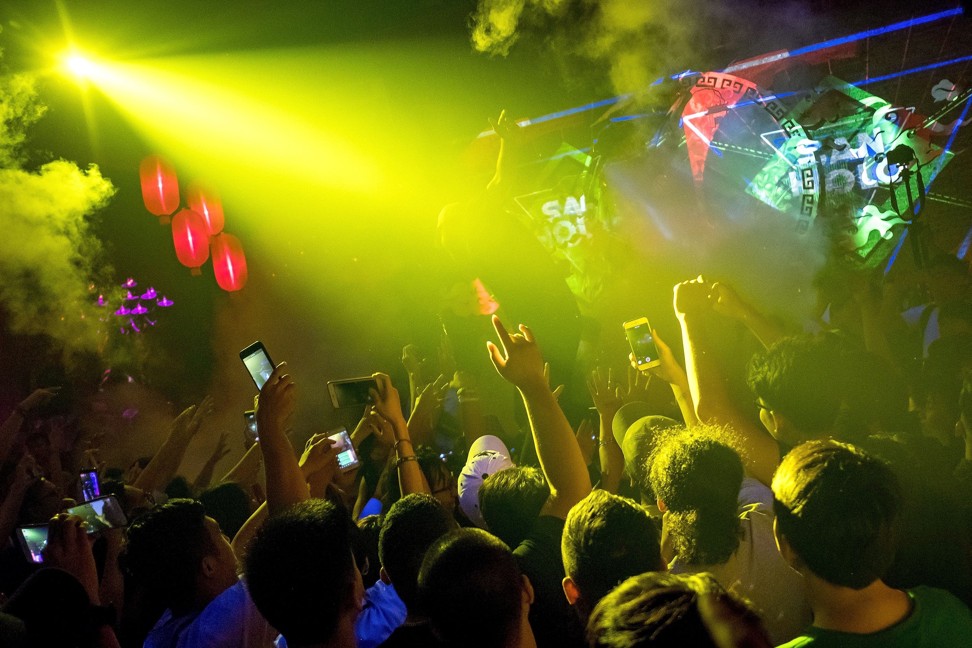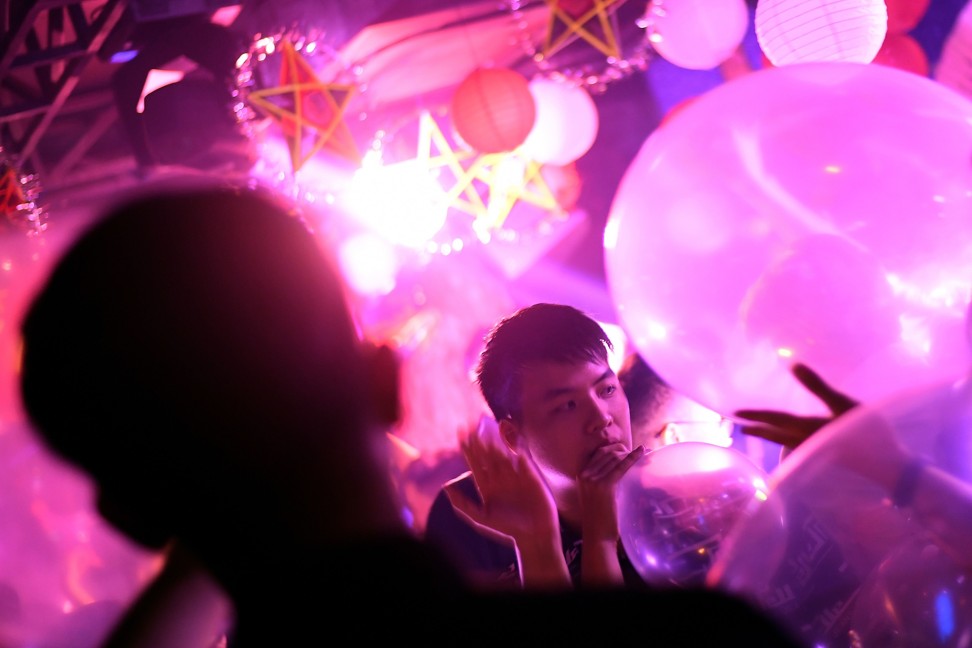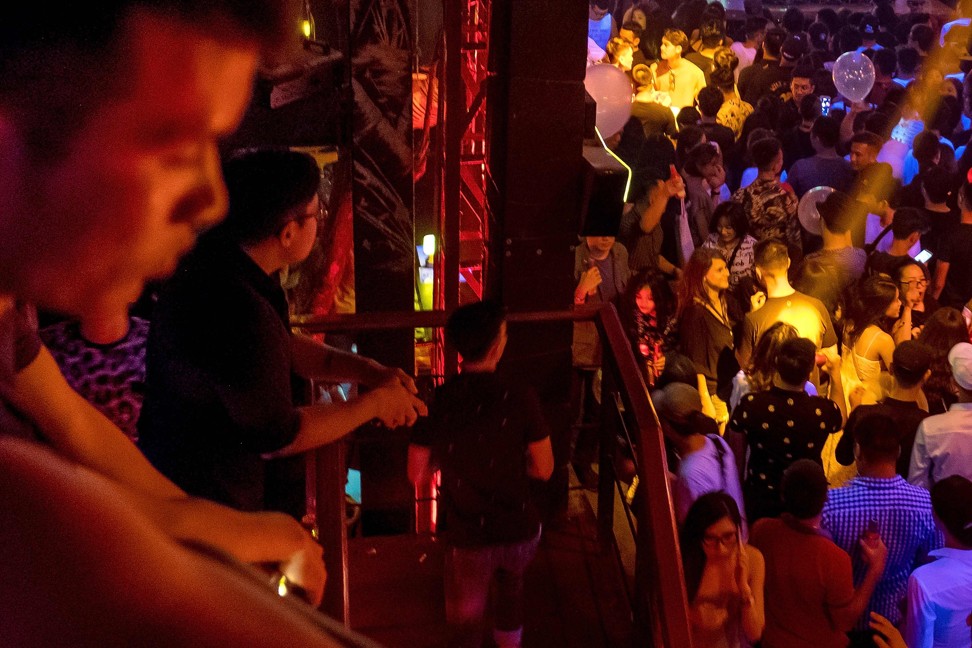
Fears rise that Hanoi festival ban after drug deaths may ruin Vietnam’s dance music scene before it has even got started
Party goers hope tragedy where seven people died after taking a cocktail of drugs at an electronic music festival, does not see the nascent rave scene brought to a premature end in the conservative communist capital
The ravers, some in sunglasses, belly tops or hot pants – one sucking on a dummy – pulsated to the music under strobe lights, eager to keep the party alive after a temporary ban on music festivals in Hanoi.
Michael Hutchence’s traumatic brain injury revealed in sister’s book
But the deaths at the “Trip to the Moon” electronic dance music (EDM) festival in Hanoi on September 16 remained on their minds. “There’s no way for you to know what you’re taking in Vietnam,” said occasional raver and recreational pill taker Quang Anh, 24.
Even the dealers often do not know what they are peddling, said Quang, describing them as “just kids selling dope”. Tests on the victims’ bodies found traces of ecstasy, methamphetamine or marijuana in their systems.
Witnesses said the victims, all in their 20s, collapsed and convulsed before being rushed off in ambulances. Two others remain in a coma.

The tragedy has shaken the fledgling rave scene in Hanoi, the staid seat of the communist government and a city better known for its sleepy colonial charm than raging nightlife.
A long-standing midnight curfew on clubs and bars was eased only in 2016, and only in the downtown area. But booming numbers of hard-partying youngsters have put Vietnam onto the EDM map in recent years.
Fans have been rewarded with visits from DJ royalty like Martin Garrix and Hardwell to sold-out festivals.
There’s no way for you to know what you’re taking in Vietnam
And drugs have accompanied the parties. Ecstasy, MDMA, methamphetamine and ketamine are flooding in along with cannabis, according to experts and partiers, while ultra-popular “funky balloons” filled with laughing gas offer a legal route to a quick high.
Drug-taking sessions, dubbed bay phong in Vietnamese, used to be held behind closed doors, but they have migrated to festivals in step with the emergence of EDM about five years ago.
Since the festival deaths, authorities have imposed a bruising ban on all EDM festivals in Hanoi until further notice. The Ravolution festival scheduled for the end of September, headlined by Vini Vici and Nervo, was postponed. The fate of other big parties like November’s Quest Festival – likely to draw thousands – is unclear.
The ban is a blow to the EDM industry, which netted US$7.4 billion globally last year, including US$1 billion in the Asia-Pacific, according to the 2017 IMS Business Report.

Tran Van Manh says the influx of drugs at raves in the past year or so is spoiling the party for people like him who are looking for clean fun. “It makes me uncomfortable when I see those irresponsible people,” said the 25-year-old IT salesman, who runs an online EDM fan group called Trap Raver Team.
Hard drugs have a long history in Vietnam, which has some of the world’s toughest narcotics laws and sends addicts to compulsory, state-run rehab centres that critics liken to going cold turkey in prison.
Most older addicts are hooked on heroin and opium, while younger users have largely turned to lab-made substances.

The bulk of the drugs from the notorious Golden Triangle region arrive in Vietnam through remote border areas. But in recent years police have also broken up local labs churning out pills and powders in the country. About 80 per cent of young drug users in Hanoi, Haiphong and Ho Chi Minh City are using synthetics, according to a recent survey by the Centre for Supporting Community Development Initiatives (SCDI) in Vietnam.
“They’re very popular and easy to find,” said Nguyen Thuy Linh, in charge of the children and youth programme at the NGO, calling the overdose deaths a “warning sign” to youngsters.
Michael Hutchence talks about growing up in Hong Kong
For now, the festival ban has pushed dedicated ravers into smaller clubs. But in Hanoi, where the new 2am last-call cut-off is still in its trial period, many worry the EDM scene could wither away. “Our playground is getting smaller and smaller,” 20-year-old Giang said outside a party recently.

.png?itok=arIb17P0)